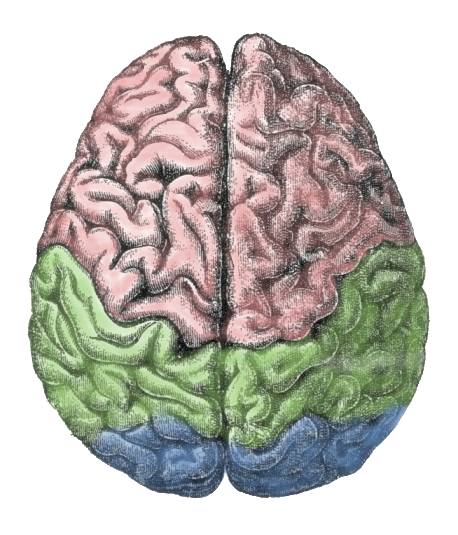I’m leaving tomorrow to attend Learning and the Brain’s Educating for Creative Minds conference.
I’ve been creative before. Several of my quilts were chosen for an exhibit at an art museum

Brain
in Ohio. I’ve been creative in my classroom for years. It takes a great deal of creativity to keep teenagers engaged as they learn an abstract subject such as chemistry. I’ve created lessons, labs, projects, presentations, lab stations, grant proposals, graphics, models, rubrics, assessments, and a few bazillion things I’ve already forgotten about. Oh, and a dissertation, the production of which is fundamental to my question: What does it mean to be creative in science?
I often get the picture that the creativity-promoters (I keep wanting to call them Creationists) envision a learner walking into a science lab, usually portrayed as a physics lab, with ramps and cars and more recently, robots, and inventing world-changing gizmos. These learners would not necessarily need to know how to measure precisely, how to wire a circuit, or know anything about the structure of the materials they work with. Their creativity alone would compensate for all those holes. The creativity-promoters with whom I am familiar are not scientists.
I don’t want this creativity movement to become Activitymania 2.0, with its endless cries for hands-on learning regardless of the mental engagement. I don’t want it to become the next shiny edu-toy project-creator for projects portraying flash but little learning.
Tomorrow, I will begin to get answers.
Creativity and the Brain, Part 2
Creativity and the Brain, Part 3

That’s one of my struggles as well. I have seen more people standing up and saying that all classes need to be problem-based learning and just let the students explore what most interests them. But, in chemistry, you can’t really do that. There are a lot of fundamental problems with the idea of just putting chemicals out and letting the students figure out what will happen, the least of which is safety. Inquiry-style labs seem to come close to this purpose, but I feel the need to have the students receive some background knowledge before attempting them. I am curious to see what you come back with that you plan to use in your classroom.
Marc, My colleagues and I are working on projects that allow exploration. We’re working with tye-dyeing, making candy, making soap. I’d love a few more abstract and open-ended investigations. There’s always computational chemistry (where I started when I was working on something pretty important) and the design of a chemical engineering process. THinking of working in those directions next.
[…] Science and Creativity, Part 1 […]
[…] Creativity and Science, Part 1 Creativity and Science, Part 2 […]
[…] Creativity and Science, Part 1 Creativity and Science, Part 2 Science and Creativity, Part 3 […]